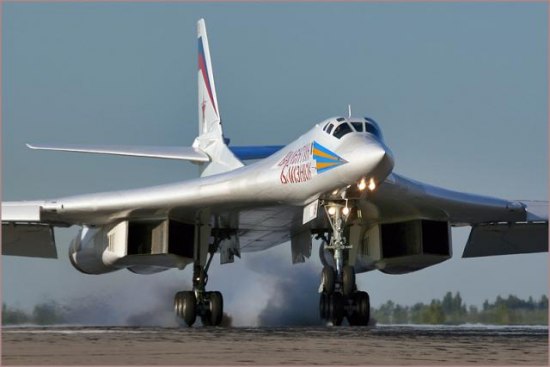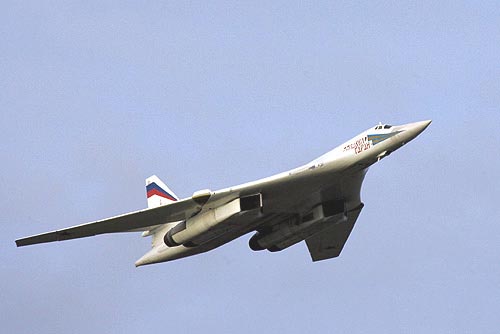Speaking at the Samara-based Kuznetsov Plant of the United Engine Corporation, a Russian defense company, Russian Deputy Defense Minister Yuri Borisov told reporters that manufacturing of the PAK DA has been delayed so that Tupolev Tu-160M2 bomber’s production can be resumed.

The Kremlin planned on introducing its fifth-generation PAK DA bomber into service beginning in 2023. However, the PAK DA project has been pushed back again and Russia will instead concentrate on manufacturing of an updated version of the Soviet-era Tu-160 (Russian: Туполев Ту-160, NATO reporting name: Blackjack) supersonic nuclear bomber.
“According to the plans, serial production of the [Tu-160] aircraft new version [the Tu-160M2] is to be implemented starting from 2023,” Russian Deputy Defense Minister Yuri Borisov told at a press conference on 17th July. “The PAK DA project will be somewhat shifted beyond [2023], otherwise there is no sense in it.”
According to Russia Beyond the Headlines, the decision to begin constructing the updated Tu-160M2 at the expense of the fifth-generation PAK DA was made by Russian President Vladimir Putin in May.
According to the National Interest, this decision to modernize the Tu-160 , when the Russian Economy is in a tumble could ultimately lead to the complete abandonment of the PAK DA. The enhancements that the new TU-160M2 will feature embody many designs that were intended for the PAK DA, and the modernized aircraft is “also expected to have a service life of around 40 years.”
Among the upgrades for the TU-160M2 are a newly modernized engine that will enhance the plane’s flight range by over a thousand kilometers, along with several new missiles that will improve the aircraft’s combat capabilities, IHS Jane’s 360 notes.
This is not the only occasion of Russia having to scale back on its military modernization ambitions. The Kremlin is also facing problems in financing its third-generation Armata tank. Harvard scholar Dmitry Gorenburg estimates that Russia will only be able to field a maximum of 330 Armata tanks by 2020, a fraction of the 2,300 initially planned.Moreover, the Moscow Times reported that the programs which have experienced a delay on account of sanctions include: “manufacturing of Navy guard ships, Beriyev Be-200 amphibious planes, Vikhr anti-tank missiles, remote control & radio monitoring equipment for Igla surface-to-air missiles, and weapon launch systems for Tupolev-160 strategic bomber planes.”
Moscow’s failure to follow projections for top notch weaponry is a common theme. There’s a pattern of Russia announcing huge projects before drastically scaling back its plans. In March, for example, Russian media outfit RT announced that Kremlin would eventually be able to deploy eighty PAK TA transport super-planes — even though Russia has not made a single prototype of the aircraft.
In scaling back the Armata and these two advanced aircraft, the Russia clearly realizes that it is significantly easier and more cost efficient to modify existing programs for future use — although it isn’t as exciting from a propaganda point of view.












































